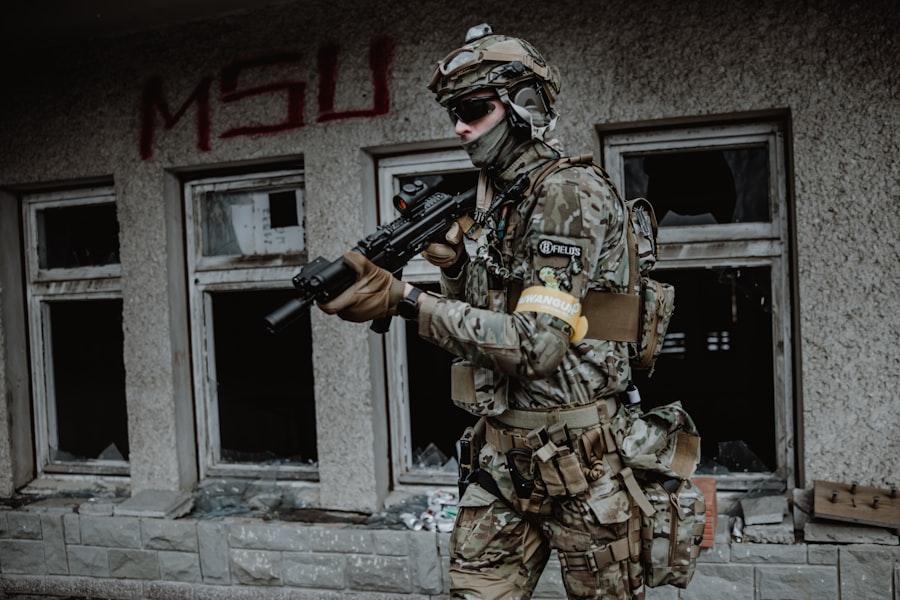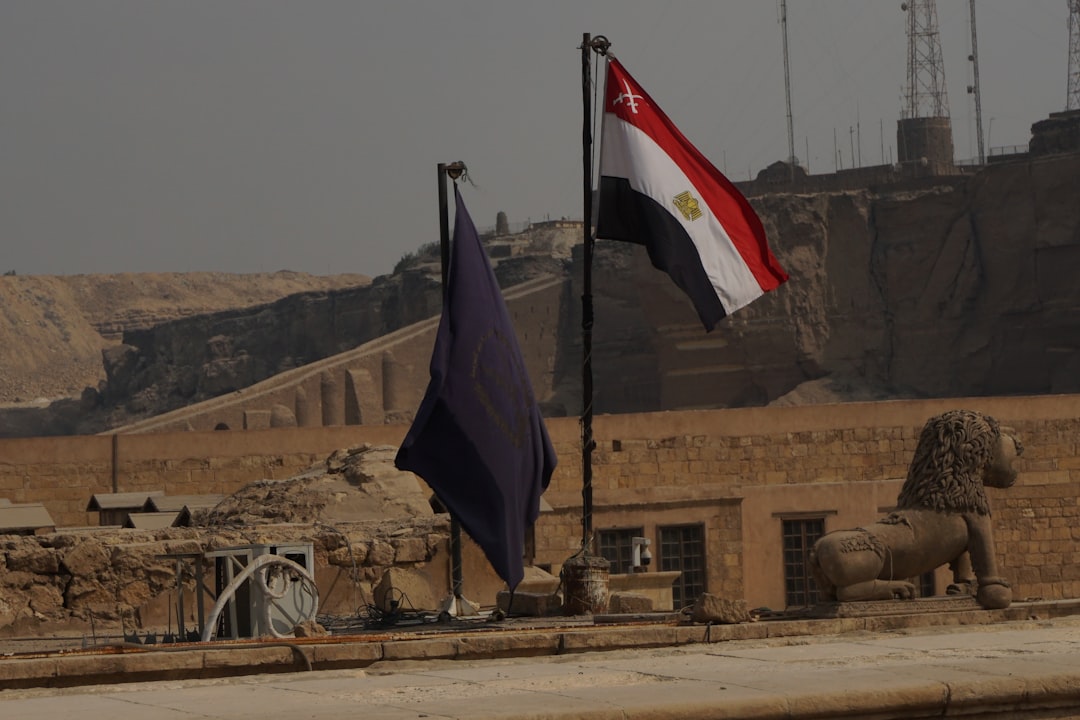Saddam Hussein’s ascent to power is a tale woven into the complex tapestry of Iraqi history, marked by political maneuvering, ambition, and a keen understanding of the socio-political landscape. Born in 1937 in a small village near Tikrit, Saddam’s early life was shaped by poverty and hardship. He became involved in politics at a young age, joining the Ba’ath Party in the 1950s, which espoused Arab nationalism and socialism.
His political journey took a significant turn when he participated in the coup that brought the Ba’ath Party to power in Iraq in 1968. This event marked the beginning of his rise as a prominent figure within the party and the government. Once in power, Saddam quickly consolidated his authority, employing a mix of charisma and ruthlessness.
He became the de facto leader of Iraq, even before officially assuming the presidency in 1979. His regime was characterized by a cult of personality, where he was portrayed as the savior of the Iraqi people and a champion of Arab unity. Through a combination of political purges, propaganda, and strategic alliances, Saddam eliminated rivals and dissenters, ensuring that his grip on power remained unchallenged.
His rise was not merely a personal ambition; it was also a reflection of the broader regional dynamics and the aspirations of many Iraqis who sought stability and national pride after years of colonial rule and internal strife.
Key Takeaways
- Saddam Hussein rose to power in Iraq through a combination of political maneuvering and brutal suppression of opposition.
- The Iran-Iraq War was a bloody and costly conflict that lasted for eight years, resulting in hundreds of thousands of casualties on both sides.
- The invasion of Kuwait in 1990 by Iraq led to international condemnation and the subsequent Gulf War, where a coalition of countries led by the United States intervened to liberate Kuwait.
- The international response to Saddam Hussein’s actions included economic sanctions and diplomatic isolation, but also highlighted the limitations of global intervention in regional conflicts.
- Operation Desert Storm was a military campaign that successfully expelled Iraqi forces from Kuwait, but left Saddam Hussein in power in Iraq.
The Iran-Iraq War
The Iran-Iraq War, which erupted in 1980, was one of the most devastating conflicts in modern history, lasting for eight long years and resulting in immense loss of life and resources for both nations. The war was rooted in a complex mix of territorial disputes, historical grievances, and ideological differences between the two countries. Saddam Hussein viewed the Islamic Revolution in Iran as a direct threat to his secular regime and sought to exploit the chaos that followed the overthrow of the Shah.
He aimed to assert Iraq’s dominance in the region and to rally support from Arab nations against what he perceived as Persian expansionism. As hostilities began, Saddam launched a surprise invasion of Iran, hoping for a swift victory. However, what followed was a protracted and brutal conflict characterized by trench warfare, chemical weapons use, and widespread atrocities.
Both sides suffered staggering casualties, with estimates suggesting that over a million people lost their lives. The war also had significant economic repercussions, draining Iraq’s resources and leading to widespread suffering among its population. Despite initial successes, Saddam’s ambitions were thwarted as Iran mounted a fierce resistance, leading to a stalemate that would last for nearly a decade.
Invasion of Kuwait

In August 1990, Saddam Hussein made a fateful decision that would alter the course of history: he ordered the invasion of Kuwait. This move was driven by a combination of economic desperation and territorial ambitions. Iraq was reeling from the financial burdens incurred during the Iran-Iraq War, and Saddam sought to seize Kuwait’s vast oil reserves to bolster Iraq’s economy.
He justified the invasion by claiming that Kuwait was historically part of Iraq and accused its leaders of stealing Iraqi oil through slant drilling. The invasion was met with international outrage and condemnation. The United Nations swiftly imposed economic sanctions on Iraq, demanding an immediate withdrawal from Kuwait.
Saddam’s refusal to comply only escalated tensions further, leading to fears of regional instability. The invasion not only highlighted Saddam’s aggressive expansionism but also underscored the vulnerabilities of smaller nations in the face of larger powers. The world watched as Iraq’s actions threatened to destabilize the entire Gulf region, setting the stage for a significant international military response.
International Response
| Country | Donation Amount | Number of Medical Personnel Sent |
|---|---|---|
| United States | 500 million | 500 |
| United Kingdom | 200 million | 300 |
| Germany | 150 million | 250 |
The international community’s response to Iraq’s invasion of Kuwait was swift and resolute. A coalition of nations, led by the United States, rallied together to confront Saddam Hussein’s aggression. The United Nations Security Council passed a series of resolutions condemning the invasion and demanding Iraq’s withdrawal from Kuwait.
Economic sanctions were imposed, crippling Iraq’s economy and isolating it diplomatically. This unprecedented coalition included not only Western powers but also Arab nations that had previously been wary of U.S. influence in the region.
As diplomatic efforts failed to yield results, preparations for military action began in earnest. The coalition sought to demonstrate that aggression would not be tolerated and that international law must be upheld. The buildup of troops in Saudi Arabia, known as Operation Desert Shield, signaled a commitment to liberate Kuwait by force if necessary.
This united front against Saddam Hussein marked a significant moment in international relations, showcasing the potential for collective action against tyranny and aggression.
Operation Desert Storm
In January 1991, after months of diplomatic efforts had failed to persuade Saddam Hussein to withdraw from Kuwait, Operation Desert Storm commenced. This military campaign was characterized by its overwhelming force and precision, utilizing advanced technology and air power to achieve rapid success. The coalition forces launched an extensive aerial bombardment aimed at crippling Iraq’s military infrastructure and command capabilities before ground troops moved in to liberate Kuwait.
The operation lasted just 100 hours on the ground before coalition forces achieved their objective: Kuwait was liberated from Iraqi occupation. The speed and effectiveness of Operation Desert Storm showcased not only military prowess but also highlighted the importance of international cooperation in addressing acts of aggression. However, despite this victory, Saddam Hussein remained in power, leading to questions about the long-term implications for Iraq and the region.
Human Rights Abuses

Saddam Hussein’s regime was notorious for its egregious human rights abuses, which became increasingly evident during his time in power. From political repression to widespread torture and executions, his government operated through fear and brutality. Dissent was met with swift punishment; political opponents were often silenced through imprisonment or assassination.
The regime’s security apparatus maintained strict control over society, stifling any form of opposition or dissent. One of the most horrific chapters in this dark history was the Anfal campaign against the Kurdish population in northern Iraq during the late 1980s. This campaign involved systematic attacks on Kurdish villages, resulting in mass killings and forced displacement.
Chemical weapons were used against civilians, leading to devastating consequences for those affected. The international community largely turned a blind eye to these atrocities at the time, but they would later be recognized as crimes against humanity.
Weapons of Mass Destruction
Saddam Hussein’s alleged possession of weapons of mass destruction (WMD) became a focal point for international concern leading up to the Iraq War in 2003. After the Gulf War, suspicions grew regarding Iraq’s chemical, biological, and nuclear capabilities.
The issue of WMD became central to U.S. foreign policy under President George W.
In 2002 and early 2003, U.S. officials asserted that Iraq possessed active WMD programs that posed an imminent threat to global security. This narrative played a crucial role in garnering support for military intervention in Iraq.
However, after the invasion in 2003, extensive searches revealed no stockpiles of WMDs, leading to widespread criticism and debate over the justification for war.
The Iraq War
The Iraq War officially began on March 20, 2003, when coalition forces launched an invasion aimed at toppling Saddam Hussein’s regime. The operation was characterized by its rapid initial success; Baghdad fell within weeks, leading to the capture of Saddam himself later that year. However, what followed was a protracted conflict marked by insurgency, sectarian violence, and instability that would plague Iraq for years to come.
The aftermath of the invasion saw a power vacuum emerge as various factions vied for control over Iraq’s political landscape. The dismantling of Saddam’s Ba’ath Party led to widespread unemployment among former military personnel and civil servants, contributing to rising discontent among different ethnic and religious groups. The ensuing chaos gave rise to extremist groups such as ISIS, which exploited the instability to gain power and influence in the region.
Capture and Trial
Saddam Hussein’s capture on December 13, 2003 marked a significant turning point in both Iraqi history and international perceptions of justice following conflict. Found hiding in a spider hole near Tikrit by U.S. forces, his arrest symbolized not only the end of his tyrannical rule but also raised questions about accountability for war crimes committed during his regime.
His trial began in October 2005 amid significant controversy and security concerns. Charged with crimes against humanity for his role in various atrocities—including the Anfal campaign against Kurds—Saddam’s trial became a focal point for discussions about justice in post-war Iraq. Ultimately convicted and sentenced to death in November 2006, his execution on December 30 sparked mixed reactions worldwide; while some viewed it as justice served, others criticized it as an act that could further inflame sectarian tensions within Iraq.
Legacy of Saddam Hussein
Saddam Hussein’s legacy is one fraught with complexity; he is remembered both as a dictator who ruled with an iron fist and as a figure who sought to elevate Iraq’s status on the world stage through aggressive policies. His regime left behind deep scars on Iraqi society—widespread human rights abuses, economic devastation from prolonged conflict, and sectarian divisions that continue to affect Iraq today. Moreover, his actions had far-reaching implications beyond Iraq’s borders; they reshaped regional dynamics and influenced global perceptions of interventionism in sovereign nations.
The consequences of his rule are still felt today as Iraq grapples with rebuilding its identity amidst ongoing challenges related to governance, security, and national unity.
Lessons Learned
The tumultuous history surrounding Saddam Hussein offers critical lessons about governance, international relations, and human rights advocacy. One key takeaway is the importance of addressing underlying grievances within societies before they escalate into conflict; many argue that neglecting issues such as economic disparity or political exclusion can lead to instability. Additionally, the international community must grapple with its role in intervening during crises; while collective action can be necessary to uphold justice and prevent aggression, it must be approached with caution to avoid unintended consequences that may exacerbate existing tensions or create new conflicts altogether.
Ultimately, understanding this complex history is essential for fostering dialogue about peacebuilding efforts today—ensuring that past mistakes are acknowledged while striving towards a more just future for all nations involved.
In the context of the complex geopolitical landscape surrounding Saddam Hussein’s attack on Iraq, it’s essential to explore the broader implications and historical context of such events. An insightful article that delves into the intricacies of this topic can be found on Hey Did You Know This. This piece provides a comprehensive overview of the factors leading up to the conflict and its aftermath, offering readers a deeper understanding of the situation. For more detailed information, you can read the full article by visiting this link.
WATCH NOW! How the US Hunted and Captured Saddam Hussein: The Untold Story of Operation Red Dawn
FAQs
What was the attack on Iraq by Saddam Hussein?
The attack on Iraq by Saddam Hussein refers to the invasion of Kuwait by Iraq on August 2, 1990. This led to the Gulf War, which lasted from January 17, 1991, to February 28, 1991.
What were the reasons for Saddam Hussein’s attack on Iraq?
Saddam Hussein’s primary reasons for attacking Iraq included territorial disputes over Kuwait, as well as economic and political motivations. He accused Kuwait of overproducing oil and driving down prices, which negatively impacted Iraq’s economy.
What was the outcome of the attack on Iraq by Saddam Hussein?
The attack on Iraq by Saddam Hussein led to the Gulf War, which resulted in a coalition of countries, led by the United States, driving Iraqi forces out of Kuwait. The war also imposed economic sanctions on Iraq and led to the establishment of no-fly zones in the country.
What were the consequences of the attack on Iraq by Saddam Hussein?
The consequences of the attack on Iraq by Saddam Hussein included significant loss of life, destruction of infrastructure, economic sanctions, and long-term political instability in the region. The war also had a lasting impact on the relationship between Iraq and the international community.
